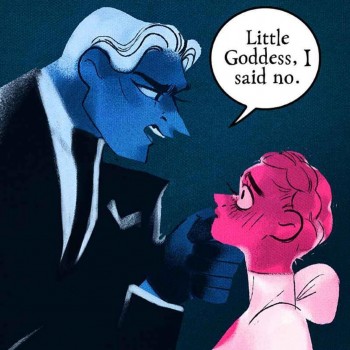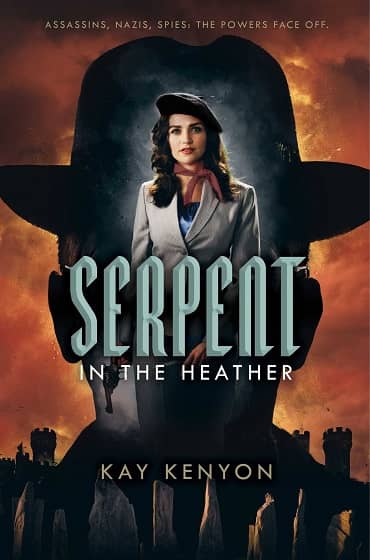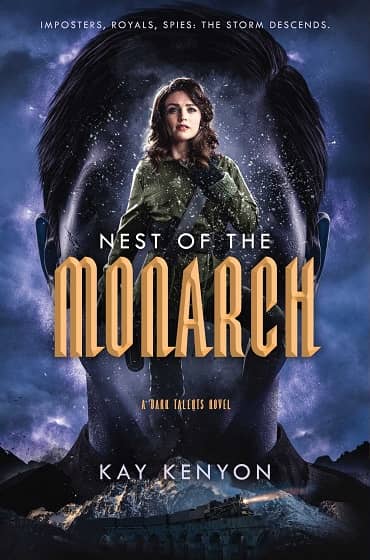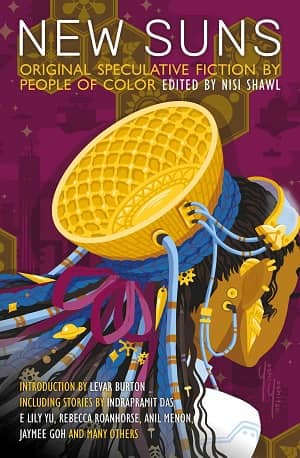The Thing With Video Games

Any fellow gamers remember the red ring of death?
Good afternoon, Readers!
I am of a generation. The one that grew up just as video games were getting good. We weren’t the first to have video games, that belongs to the generation before me. We were, however, the first in which gaming consoles came into the home in the number that they have, becoming fairly ubiquitous. Most of my generation grew up playing video games. Like computers, most of my generation can remember the introduction of games into the house.
For myself, it was my baby brother, who had his fingers on the pulse far more than the rest of us. He was forever loading game demos on the family computer (there was one computer in the house). It was he who was given an Xbox, introducing console gaming. My brother, incidentally, now works in the video gaming industry.
When it comes to gaming, I’d say that mine is the first generation to “get” it. Which is to say, we’re not prone to the mass hysteria that seems to follow the gaming industry, labeling it as the cause of all society’s ills. We know it’s not, any more than Dungeons and Dragons was in the years prior, or novels were following the advent of the printing press.
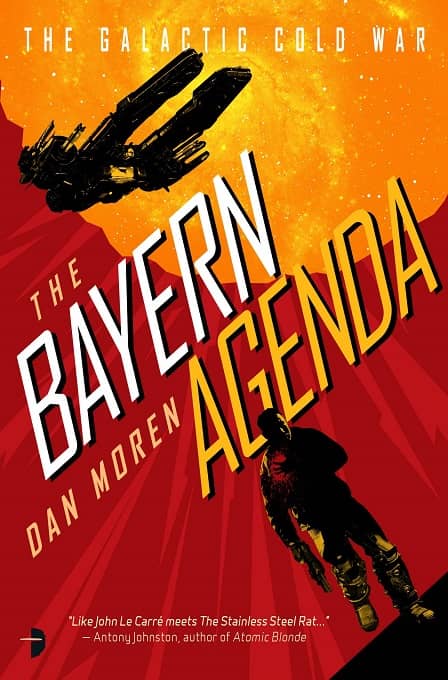
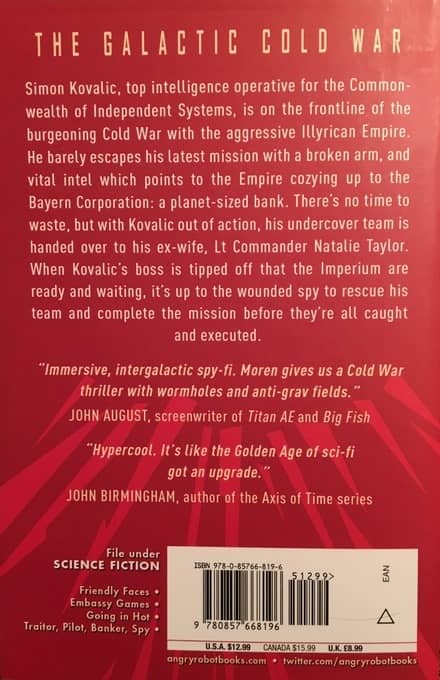
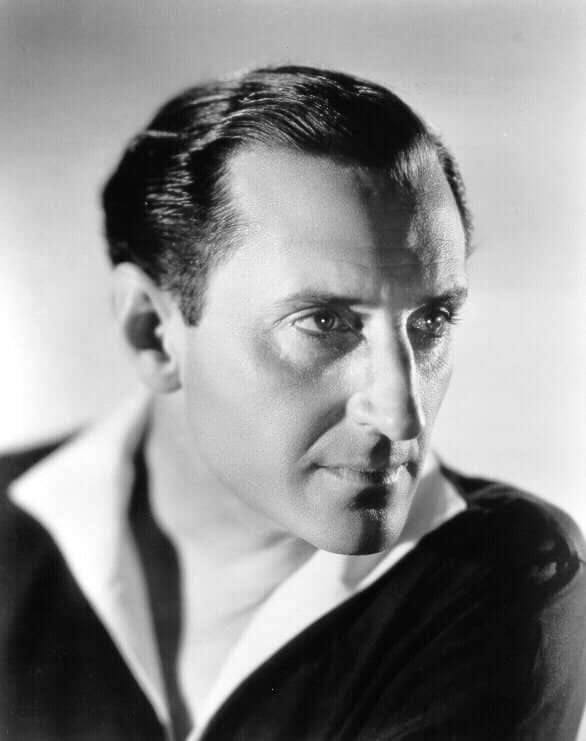
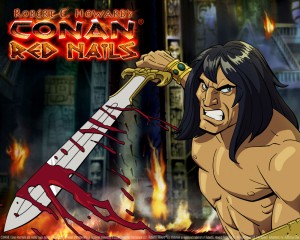
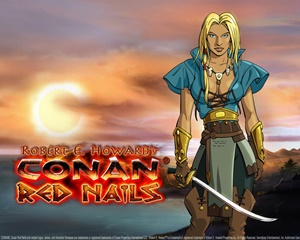 In Keith J. Taylor’s entry
In Keith J. Taylor’s entry





